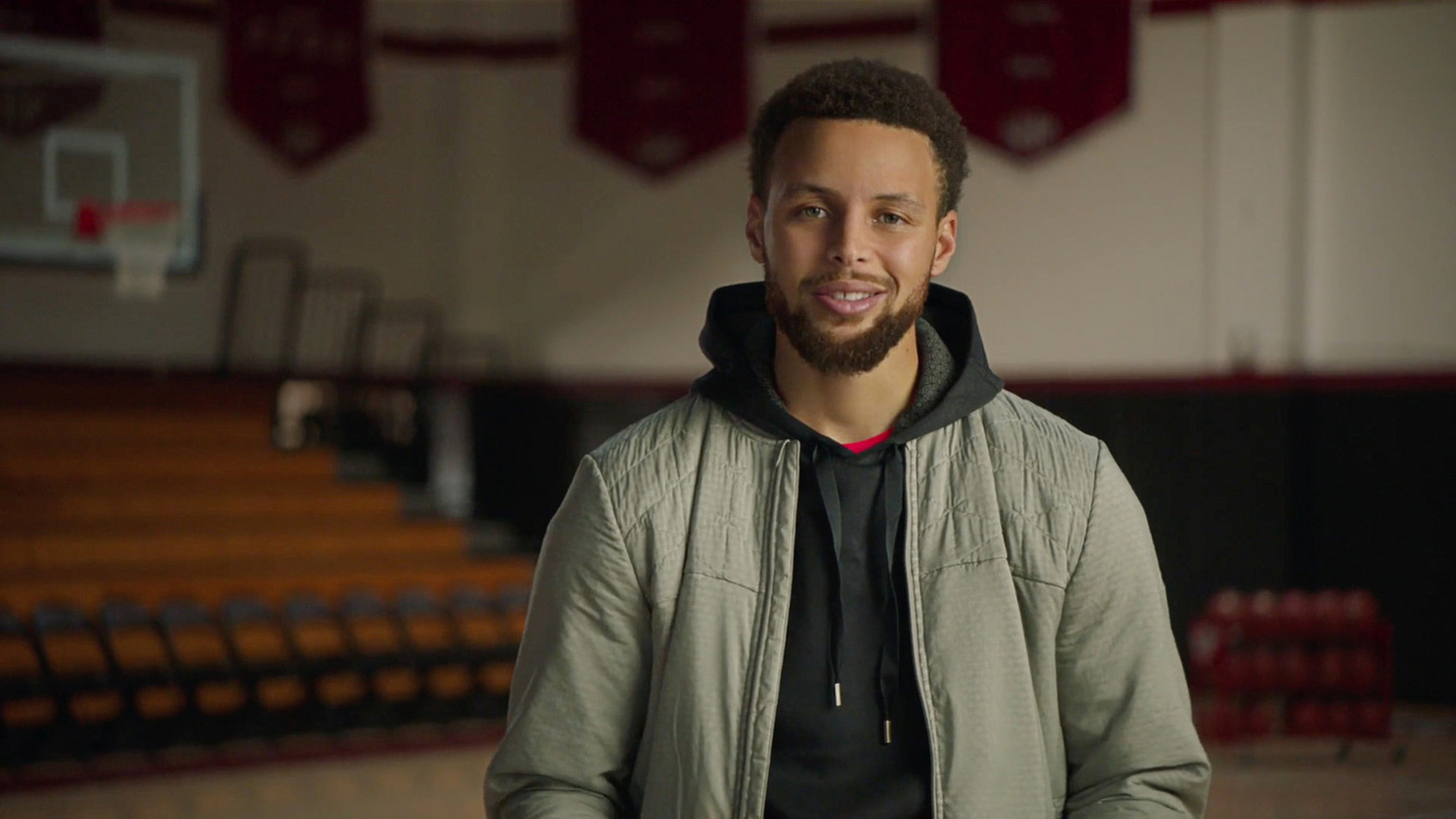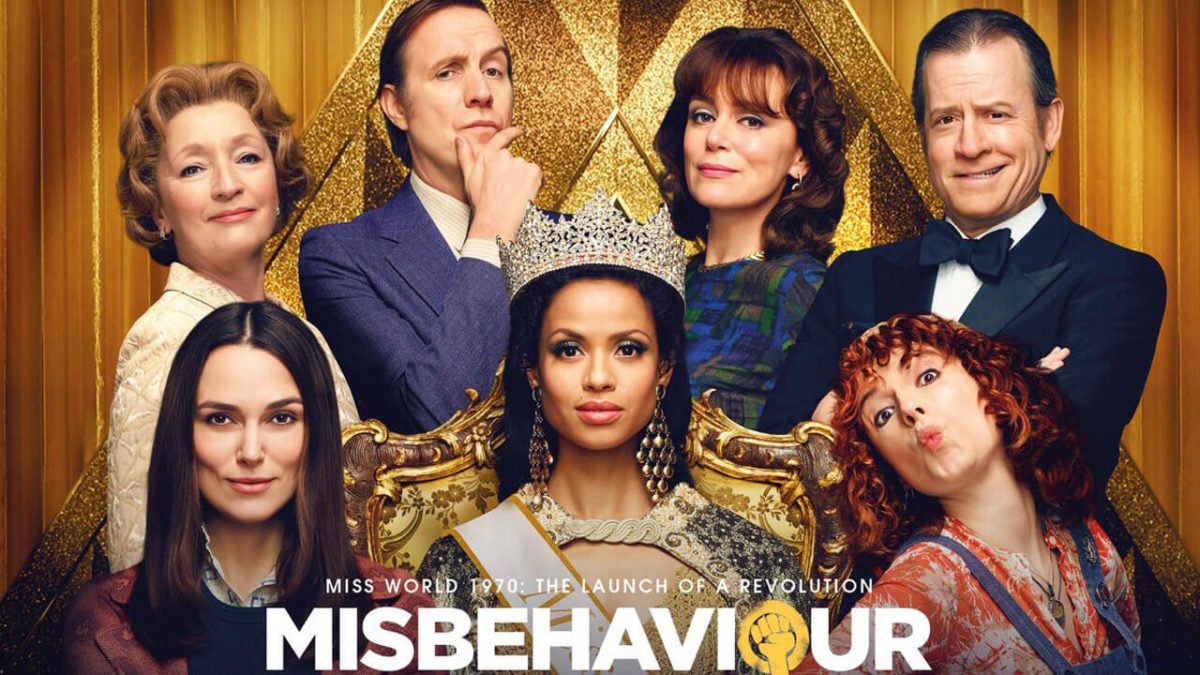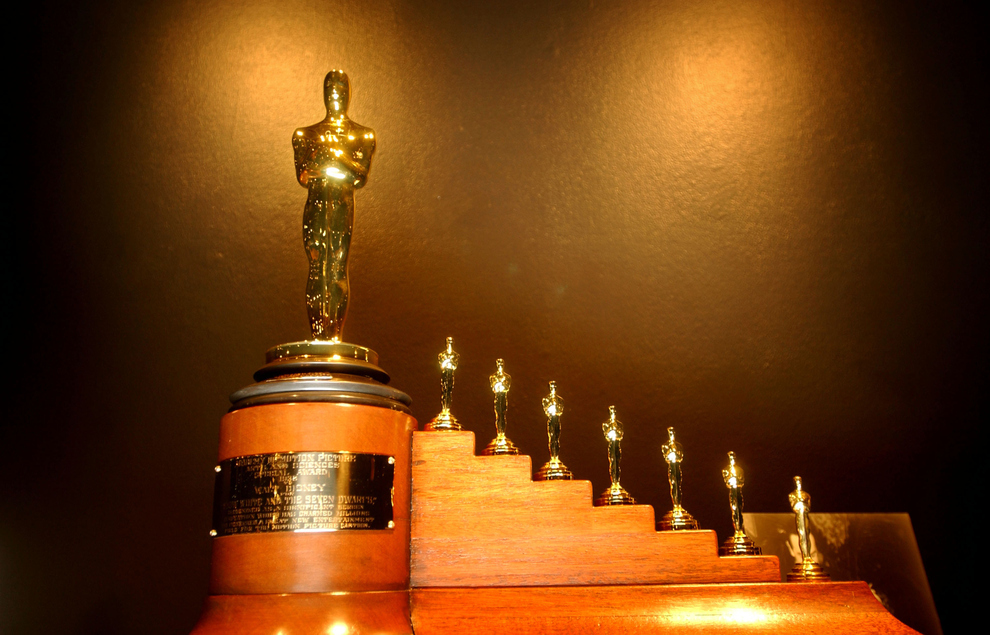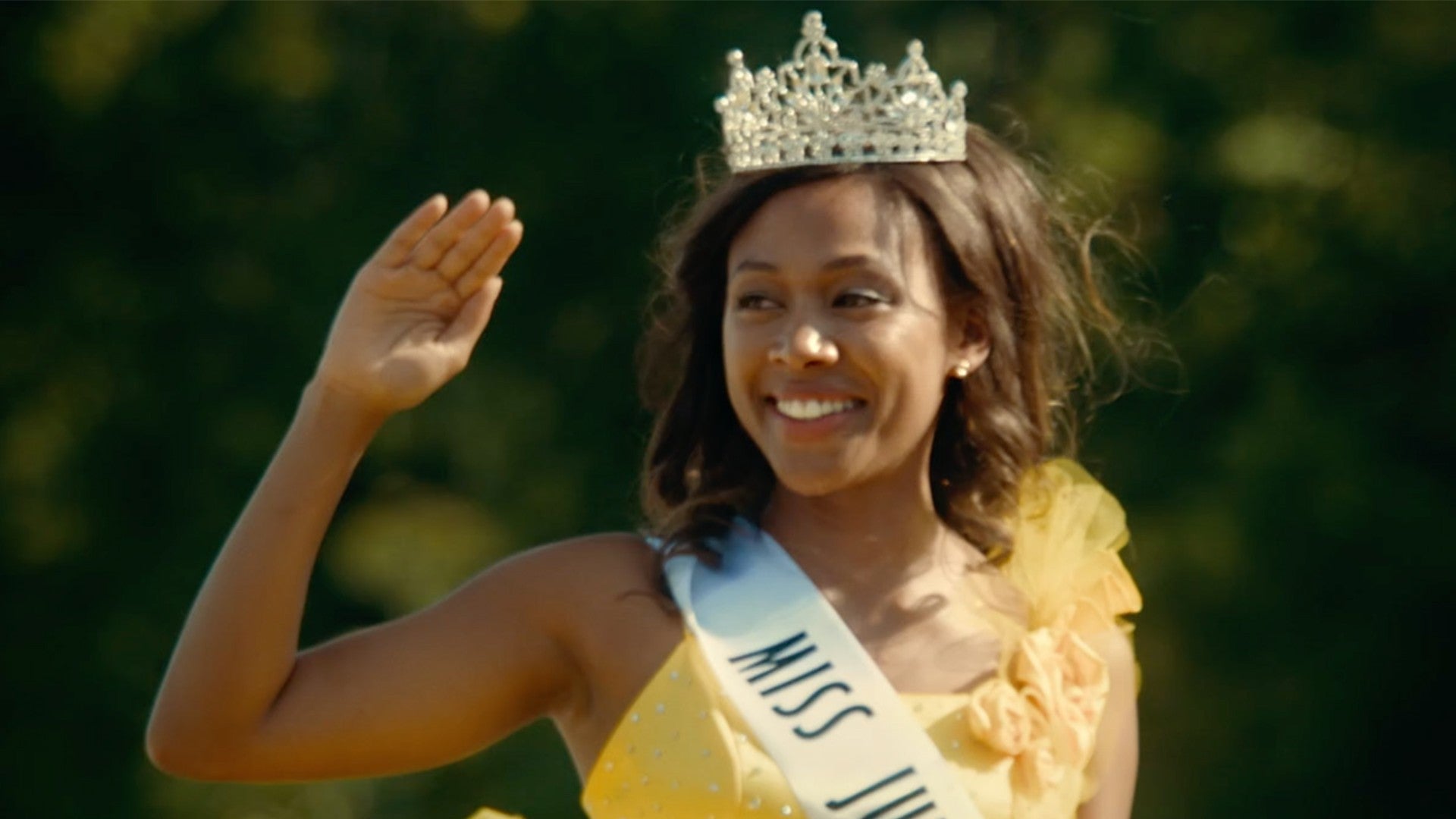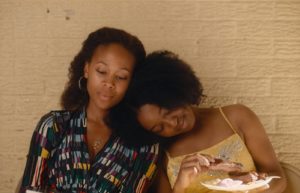Interview: Father Leahy on “Benedict Men”
Posted on September 30, 2020 at 11:45 am
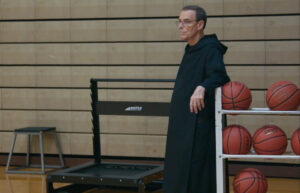
I spoke to Father Edwin Leahy about the school, the basketball program, and the documentary.
What defines the Benedictines? What makes them different from the Jesuits and other Catholic orders that run schools?
The Jesuits were created by St. Ignatius to be at the disposal of the holy father, the pope, to go wherever they needed to be in the world to evangelize. We on the other hand are the oldest order in the church because St. Benedict existed/lived in 480 or 530 more or less 540. The fundamental difference is that we take a vow of stability so we are vowed to a place. We have other vows as well but that is the distinguishing mark, that we don’t get moved around. We live in the same place for our lives until they carry us out of the church as they say in Spanish in pajamas of wood, in a box. We’re here to stay and that’s our great strength, it’s also our great weakness because if we don’t get vocations to come to our house there’s a problem because there’s no place else you transfer people in from.
So you’ve been at St. Benedicts for a long time.
I went to school here as a high school boy. My father wanted me to go to an all-boys school so I applied here. I got rejected and my father was not to be put off, he talked to the pastor of our church and the pastor interceded and I got in provisionally. The joke turned out to be some of the people who rejected me wound up working for me.
When I got here I loved it; I could take you to the place in the building where I stood the first and second day I was here. I was a 13-year-old at the time and I knew I was home; I have no idea why but I knew I was home and I belonged here and here we are fifty something years later.
I entered the monastery community here in 1965, professed vows in ‘66, took solemn vows in ‘69, was ordained a priest in ‘72. I’ve been living here in Newark at the abbey at St. Benedict’s Prep since 1969.
The school closed in 1972 after 104 years because of racism and we lost 14 men from our monastery; they went to another place and we were stuck with trying to live a community life with no common work. So, we decided we would try to do something in education which is what we had always done and what the city desperately needed. I was dumb enough to say I would try to do it in 1972 and I’ve been doing it ever since. For 48 years I’ve been doing this and loving it.
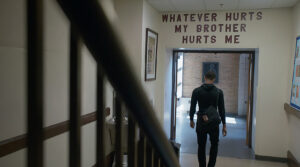
We learn in the film that your school motto is “What hurts my brother hurts me.” How does that apply in the competitive world of sports?
It applies in every level of our operations here. It is the ability to understand the other’s struggle and the other’s sufferings. It’s hard to create community and it’s hard to create teams if you can’t understand each other’s reality and each other’s sufferings.
You see in the series it gets rough at the end because of difficulties in giving up “what I want” for “what we need.” That’s the nature of community because if you live in community you’ve got to give up what you want for what the community needs; not easy to do and none of us can do it consistently.
We have a tendency that we do it and then we slip, then we do it; that’s basically our life. Our Father Albert describes the life in the monastery this way. When people ask him what do monks do, he says, “We fall down and we get up, we fall down and we get up; we fall down and we get up,” and that’s life basically. So, the hope is there are more of us on our feet than there are on the ground at a given time, and then we can help people up. That’s it. That’s the secret and that’s what we try to do in this place in school all the time. That’s what you have to do on a team. If you can’t do that it’s hard to be a success.
I was surprised to see how many decisions at the school are made by the students. You give them a lot of leeway and a lot of power.
Our job here as adults is to prevent them from making decisions that will either physically hurt them or long-term hurt them. We’re not going to let kids make decisions because they can’t see 10 or 15 years from now that are going to damage them. So anything short of that, they decide it.
Remember, this place has to be re-created every year. In a company the CEO usually has the job for several years but here the CEO changes every year because there’s a senior year group leader who runs the place and he graduates and leaves. Well it’s early in the year one year and they decided that kids had worked really, really hard and they were going to have only half a day at school and at 12:30 they were going to be over. But we go from kindergarten to grade 12.
They tell me this and I said, “That’s a bad idea,” and they said “No, no, no we’re going to do it, we want to do it, we think it’s a good idea.” I said “I think you’re making a bad mistake, here’s why. First of all, you can’t let the little kids out without parents’ permission.” They said, “They’re going to stay all day.” “Oh, okay so that’s fair the little kids are going to go all day with the older kids having a half day; how is that fair?” “Well, we’ll figure out another way to do something for them.”
So, I said, “If something goes wrong when the middle school kids get out, who’s going to explain it to the parents?” I thought I got them to back off but they sent an email saying that school was going to be over at 12:30. I had about 15 minutes to pull this thing back. They pulled it off. They got in touch with faculty members and called the whole thing off and then we found another day down the road when we could give them the whole day off and not half a day and inform parents and all that but it took hours of discussion.
If they’re going to make it without adult advice they had damn well better be right because no parent is going to go after the 18 year old senior group leader; they’re going to come after me.
The rule is: do not do for kids what kids can do for themselves. So, here’s another example. 152 years we’re an all-boys school, last year two Catholic schools announced they were closing. One was a girl’s academy, the other was a co-ed school.
The girls unbeknownst to me came over here and they had a meeting in the boardroom and they decided that they were going to have a girls division here at St. Benedicts. I’m standing at dismissal time outside my office, outside the trophy room which is where everybody walks by; it’s like Times Square, everybody goes by there to go out the door. So, I’m standing there and one of the leaders, one of the guys, comes out and he says, “You got to come to this meeting.” I said, “What meeting?” “Oh there’s a meeting in the boardroom.” “What are you talking about? I don’t know anything about a meeting.” “Just come in.”
They grabbed me the arm and dragged me into the meeting, I sit down and it becomes obvious to me in about two seconds that the meeting is just about over. I wasn’t being called in to participate in any decisions; I was being called in to be told what was going to happen and that I had to have girls division. I said, “We can’t have a girls division. (1) we’ve never had girls and (2) we don’t have any space.” “Well, let’s figure it out.” I put every roadblock up in the world that I could think of and nothing; they ignored me, none, zero, none of them worked. I couldn’t stop them and to make a long story short, we now have a girl’s division here; created completely by the girls and our guys. I had very little to do with it; it’s amazing.
It’s been a great blessing to have the girls here. It was all created by the kids; they did the whole thing.
What do you want people to learn from watching this series?
I want them to better understand the struggles and the suffering of not just basketball players (these kids happen to be basketball players) but the struggles and sufferings of our brothers and sisters of color in urban America. To have to put all your energy, your effort, as a 16 or 17-year-old as our student C.J. Wilcher said, “to try to help my family,” is not right; it’s just not right.
To have people living in poverty and some living in misery in the midst of the first world is a disgrace to the country. So, I hope people get a sense of the sufferings of kids and the anxiety that some have to live with. Even some parents fall into this. They begin to treat their kids as assets instead of like their children and that’s a disaster. There are a million people in the world that could be their kid’s basketball coach or could be his agent, but there is only one person in the world that can be his mother and only one person in the world that

